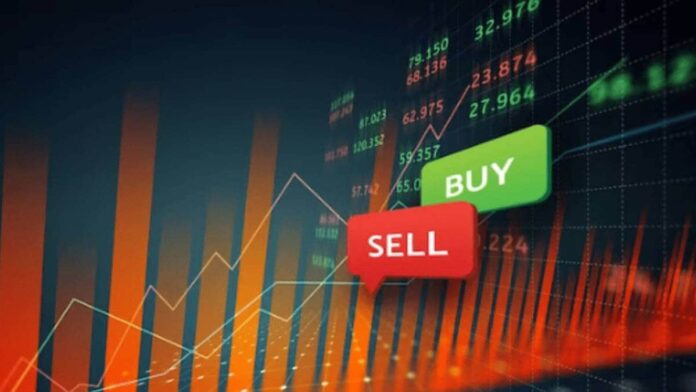By Ekta Sonecha Desai
The Indian stock market has taken a brutal beating. In just one day on 27 January 2025, the Sensex didn’t just fall—it crashed, tumbling over 800 points in a single session and erasing nearly ₹10 lakh crore in investor wealth. Panic swept through Dalal Street as traders watched their screens turn an unforgiving shade of red. Blue-chip stocks bled. Mid-caps and small-caps suffered deeper cuts.
What’s fueling this chaos? A perfect storm of uncertainty. Weak corporate earnings have shaken investor confidence. Foreign institutional investors (FIIs) are pulling out their money, spooked by global volatility. Interest rates remain high, tightening liquidity. Geopolitical tensions, inflation concerns, and a cautious outlook on India’s growth have added to the fear. The once-roaring market, which seemed unstoppable just months ago, now feels fragile and exposed.
Also Read These 2 companies just saw a huge jump in FII holding Motilal Oswal’s top 5 stock picks post Budget 2025 Two defensive stocks set for Bullish Reversal 6 reasons FIIs are selling Indian stocks like there’s no tomorrow…
Not surprisingly, some of the worst hit stocks have been the ones with lofty valuations. Having said that, even after this fall, there are stocks that continue to defy gravity, trading at jaw-dropping valuations as if the market turmoil doesn’t exist. Their Price-to-Earnings (P/E) ratios remain sky-high. Investors are left wondering—are these stocks truly worth their price, or is this another bubble on the verge of bursting?
As Warren Buffett wisely said, “Price is what you pay. Value is what you get.” A stock’s price can be deceiving. Just because it’s expensive doesn’t mean it’s valuable. Investors must look deeper and assess what they’re actually getting in return.
One of the most widely used tools for this is the P/E ratio. It’s a simple yet powerful metric that helps determine whether a stock is overpriced or fairly valued. The formula is straightforward:
P/E Ratio = Market Price per Share / Earnings per Share
A high P/E suggests that investors expect strong future growth. A low P/E could mean the stock is undervalued—or that trouble is brewing.
Let’s take a look at three Indian stocks that are still trading at high P/E ratios despite the market downturn.
» Read More


